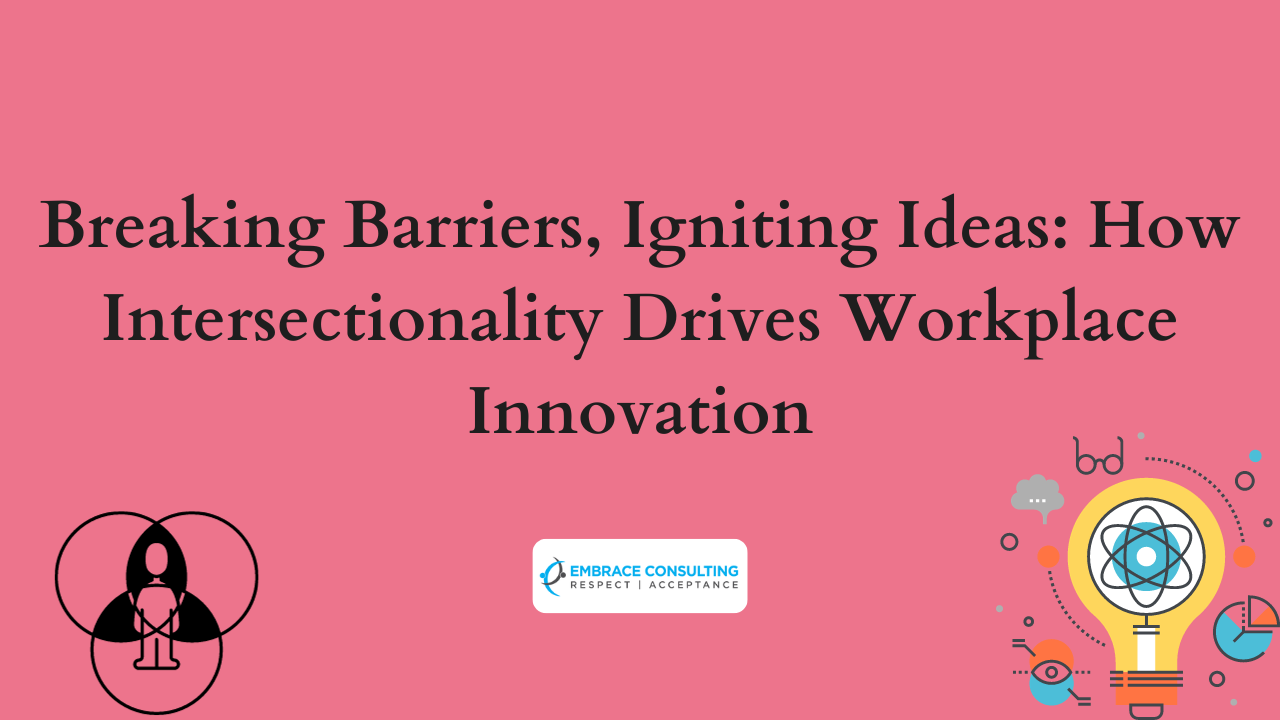Intersectionality, a concept introduced by Kimberlé Crenshaw in 1989, elucidates the interconnected nature of various characteristics such as race, gender, class, and more, shaping nba jersey sale custom football jerseys luvme wigs on sale curly hairpiece for braids yeezy official site grey curly wig jersey nfl original best sex toys milan jersey 2022 23 cruz azul jersey 2023 soccer jerseys for sale nike air max 270 sale yeezy sneakers wigs for women curly hairpiece for braids the experiences of marginalized individuals. This concept serves as a crucial lens for cultivating diversity, equity, inclusion, and belonging (DEI&B) within the workplace.
Importance of Intersectionality:
Leaders armed with an understanding of intersectionality are better poised to foster an equitable, diverse, and inclusive workplace culture. By recognizing the intersection of identities, organizations can pinpoint and dismantle barriers that hinder the success of employees in marginalized groups, thereby fortifying a more effective approach to DEI&B.
Intersectionality encourages innovation in the workplace by recognizing and leveraging the diverse intersections of individuals’ identities, thereby fostering a rich tapestry of perspectives and experiences. This inclusive approach fuels creativity, problem-solving, and adaptability, contributing to a dynamic and forward-thinking work environment.
Benefits of Inclusive Workplace Practices:
Creating an inclusive workplace has multifaceted advantages, including increased productivity, heightened employee engagement, enhanced innovation, and improved client relations. Organizations that prioritize inclusivity are more likely to thrive, as they harness the diverse perspectives and experiences of their workforce.
Examples of Intersectionality in the Workplace:
- Lack of Representation: Underrepresentation of people of color, women, and the LGBTQ+ community in leadership positions.
- Microaggressions: Subtle, everyday discrimination, such as an able-bodied colleague assuming control without request, perpetuating inequality.
Lessons from Women Social Entrepreneurs:
1. Build Intersectionality into Recruitment: Prioritize diversity in recruitment, as ethnically and racially diverse companies are 35% more likely to excel.
2. Provide Internal Feedback Opportunities: Foster a culture that encourages open discussions, allowing even junior team members to contribute to organizational discussions.
3. Leverage Vendor Relationships: Make conscious decisions about vendors and partnerships, ensuring they align with diversity and inclusion goals.
4. Prioritize Wellbeing: Leaders’ wellbeing contributes to their ability to address societal issues; happier individuals are more likely to engage in community activities.
5. Lead with Empathy: Demonstrating empathy fosters trust and a sense that individuals’ experiences are considered and valued.
6. Get Comfortable with Discomfort: Embrace discomfort as a catalyst for growth and personal reflection, encouraging a culture of learning and understanding.
7. Design Accountability: Align governance policies with inclusion goals, recognizing that traditional organizational designs may not be inherently superior.
Audre Lorde’s insight, “There is no such thing as a single-issue struggle because we do not live single-issue lives,” underscores the complexity of intersectionality. Applying intersectionality in the workplace requires a multifaceted approach that goes beyond the outlined lessons. It demands a collective effort to create spaces where individuals can express their multifaceted selves, fostering comprehensive and lasting change.











